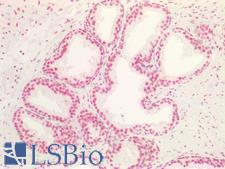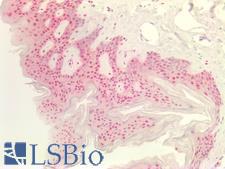Login
Registration enables users to use special features of this website, such as past
order histories, retained contact details for faster checkout, review submissions, and special promotions.
order histories, retained contact details for faster checkout, review submissions, and special promotions.
Forgot password?
Registration enables users to use special features of this website, such as past
order histories, retained contact details for faster checkout, review submissions, and special promotions.
order histories, retained contact details for faster checkout, review submissions, and special promotions.
Quick Order
Products
Antibodies
ELISA and Assay Kits
Research Areas
Infectious Disease
Resources
Purchasing
Reference Material
Contact Us
Location
Corporate Headquarters
Vector Laboratories, Inc.
6737 Mowry Ave
Newark, CA 94560
United States
Telephone Numbers
Customer Service: (800) 227-6666 / (650) 697-3600
Contact Us
Additional Contact Details
Login
Registration enables users to use special features of this website, such as past
order histories, retained contact details for faster checkout, review submissions, and special promotions.
order histories, retained contact details for faster checkout, review submissions, and special promotions.
Forgot password?
Registration enables users to use special features of this website, such as past
order histories, retained contact details for faster checkout, review submissions, and special promotions.
order histories, retained contact details for faster checkout, review submissions, and special promotions.
Quick Order
PathPlusTM MAX Antibodies
MAX is a transcription factor of the basic helix-loop-helix leucine zipper family that plays an important role in transcriptional regulation. It forms homodimers and heterodimers with other family members such as Mad, Mxi1 and Myc. Mutations in MAX lead to hereditary and sporadic pheochromocytoma and paraganglioma, which are neoplasms of the adrenal medulla that arise from chromaffin cells or neural crest progenitors. In immunohistochemistry of normal tissue, MAX has nuclear positivity in most tissues throughout the body, including dendrites in the brain.
References: The UniProt Consortium. Nucleic Acids Res. 47: D506-515 (2019); Nucleic Acids Res. 2016 Jan 4;44(D1):D733-45, PMID:26553804; Clin Cancer Res. 2012 May 15;18(10):2828-37, PMID: 22452945; Pheochromocytoma and Paraganglioma. Endotext. 2018, PMID: 29465938;
2 PathPlusTM Antibodies


☰ Filters
Products
Antibodies
(2)
Type
Primary
(2)
Target
MAX
(2)
Reactivity
Human
(2)
Mouse
(1)
Bat
(1)
Bovine
(1)
Dog
(1)
Hamster
(1)
Monkey
(1)
Pig
(1)
Application
IHC-P
(2)
WB
(2)
IF
(1)
IP
(1)
Peptide-ELISA
(1)
Host
rabbit
(1)
goat
(1)
Product Group
PathPlus Cancer
(2)
Isotype
IgG
(1)
Clonality
polyclonal pc
(2)
Format
Unconjugated
(2)
Epitope
aa110-160
(1)
aa147-160
(1)
Publications
No
(2)

Cancer
MAX Goat anti-Human Polyclonal (aa147-160) Antibody
Mouse, Dog, Bovine, Hamster, Pig, Bat, Human, Monkey
IF, IHC-P, Peptide-ELISA, WB
Unconjugated
50 µg/$375

Cancer
MAX Rabbit anti-Human Polyclonal (aa110-160) Antibody
Human
IHC-P, IP, WB
Unconjugated
50 µl/$460
Viewing 1-2
of 2
product results











